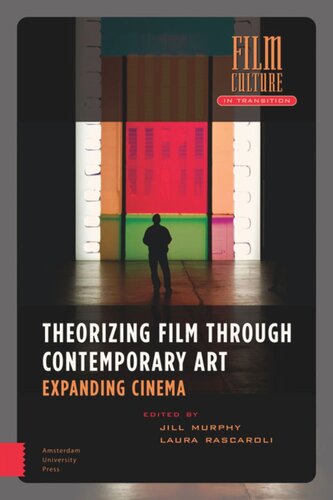

Most ebook files are in PDF format, so you can easily read them using various software such as Foxit Reader or directly on the Google Chrome browser.
Some ebook files are released by publishers in other formats such as .awz, .mobi, .epub, .fb2, etc. You may need to install specific software to read these formats on mobile/PC, such as Calibre.
Please read the tutorial at this link: https://ebookbell.com/faq
We offer FREE conversion to the popular formats you request; however, this may take some time. Therefore, right after payment, please email us, and we will try to provide the service as quickly as possible.
For some exceptional file formats or broken links (if any), please refrain from opening any disputes. Instead, email us first, and we will try to assist within a maximum of 6 hours.
EbookBell Team

4.3
88 reviewsAs the cinematic experience becomes subsumed into ubiquitous technologies of seeing, contemporary artworks lift the cinematic from the immateriality of the film screen, separating it into its physical components within the gallery space. How do film theorists read these reformulations of the cinematic medium and their critique of what it is and has been? Theorizing Cinema through Contemporary Art: Expanding Cinema considers artworks that incorporate, restage, and re-present cinema's configurations of space, experience, presence/absence, production and consumption, technology, myth, perception, event, and temporality, thereby addressing the creation, appraisal, and evolution of film theory as channeled through contemporary art. Taking film theory as a blueprint for the moving image, and juxtaposing it with artworks that render cinema as a material object, this book unfolds a complex relationship between a theory and a practice that have often been seen as virtually incompatible, heightening our understanding of each and, more pertinently, their interactions.